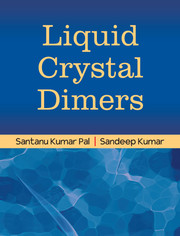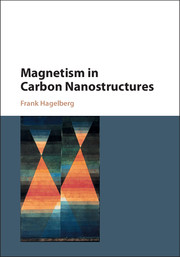This chapter highlights magnetic phenomena in complex extended carbon nanosystems beyond the prototypes fullerenes, carbon nanotubes, and graphene. We begin this survey with carbon frameworks based on structural motives with hyperbolic geometry, as introduced in Section 7.4.1, where elementary units with negative Gaussian curvature were discussed. These nanostructures, termed carbon nanofoams [569], combine extreme lightness with a high degree of stability. Among their numerous astonishing materials properties is paramagnetic, and, at sufficiently low temperature, ferromagnetic behavior. The relation between the distinct geometric features of carbon nanofoam and its magnetic characteristics is the subject of Section 13.1.
Carbon nanospheres, as considered in Section 13.2, may be understood, in some sense, as the geometric complements of carbon nanofoams, as they consist of closed carbon surfaces and thus derive from fullerenes. We focus here on nanosphere aggregates which are composed of nanospheres nested into each other, carbon nano-onions. The magnetism of these architectures derives from magnetic units embedded in their interior. These impurities range from clusters of transition metal atoms to magnetic nanocrystals.
Sections 13.3 and 13.4 deal with various forms of nanodiamond and nanographite. The latter has been demonstrated to display magnetic features that differ dramatically from bulk graphite. In this context, we introduce activated carbon fibers (ACFs), extended microporous structures composed of graphite nanoparticles. Their magnetism is governed by the simultaneous presence of different exchange mechanisms whose strengths deviate substantially from each other. ACFs are also capable of accommodating metal clusters with finite magnetic moments. As host systems, they determine both the spatial distribution and the mutual magnetic coupling of these species.
Comparison is made with another porous carbon allotrope, zeolite-templated carbon (ZTC). ZTCs are obtained as negative replicas of zeolite compounds. The different design of the ACF and ZTC matrices gives rise to markedly different magnetic lattices in the two materials.
In the final section of this chapter we comment on magnetism in amorphous carbon.
Nanoporous Carbon Magnets
Carbon nanofoam is a cluster-assembled allotrope of carbon. It was first fabricated by laser ablation of glassy carbon in an argon atmosphere at a pressure of about 1–100 Torr [569, 570, 574].

